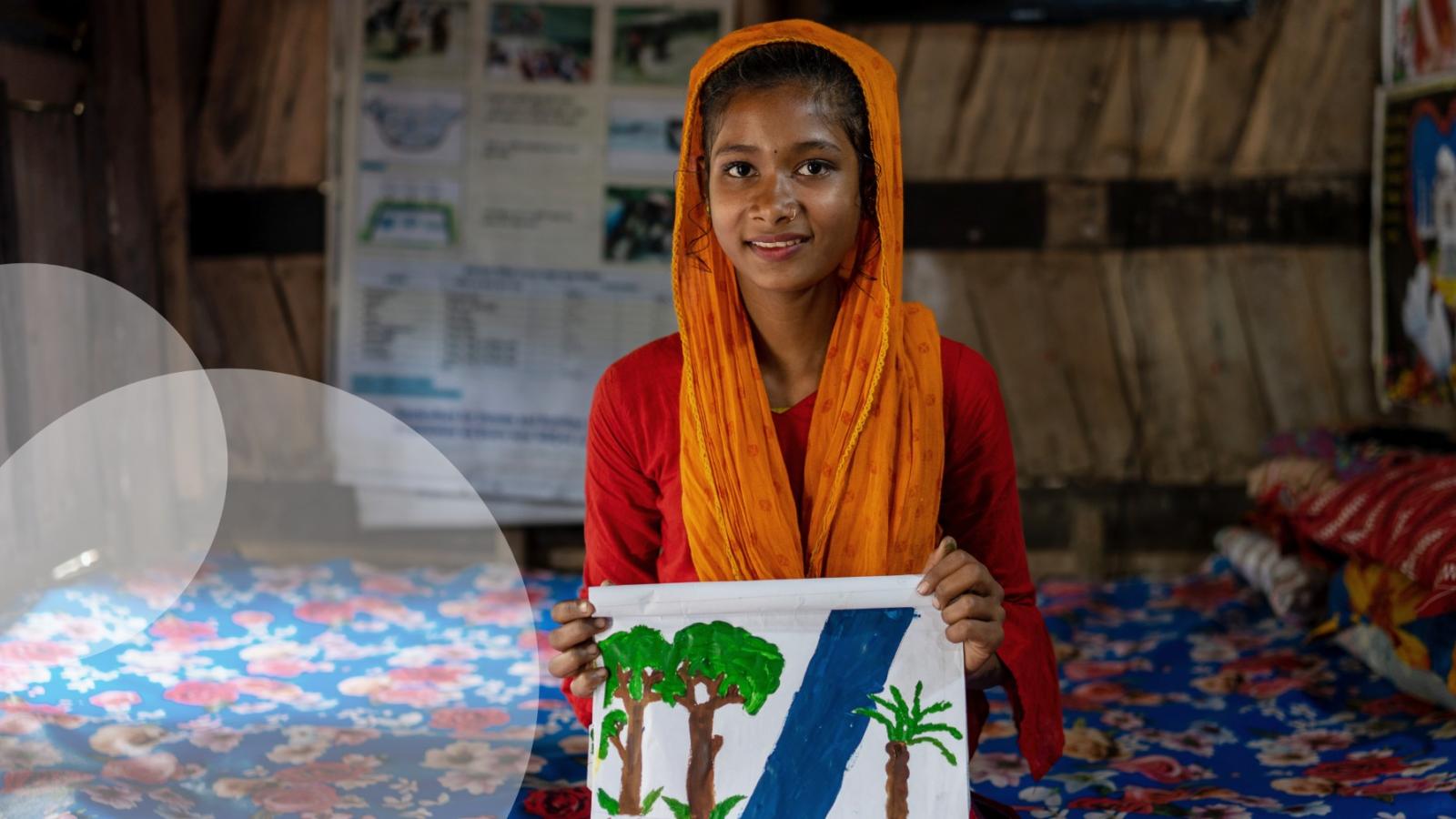
Simplifying the SDGs
The Sustainable Development Goals are like a mammoth giant that is collapsing under its own weight. They are too complex and at the same time underfunded.
Achieving the Sustainable Development Goals (SDGs) is supposed to resolve the major development challenges including poverty, hunger, inequality, climate change and health.
Whilst the SDGs have been criticised for being utopian, universal, broad, ambitious, conflicting and complex, they represent a global development paradigm strongly rooted in the economic, social and environmental pillars of sustainable development. The focus on sustainable development is not neoteric but a continuum of an international development paradigm that has been evolving.
In 1960, Article 1 of the Convention on the Organisation for Economic Co-operation and Development (OECD) identified sustainable development as a goal to achieve high economic growth with greater employment and a rising standard of living, while maintaining financial stability.
During the 1970s, OECD aimed to target the three pillars of development: economic, social and environmental.
The Brundtland Commission in 1987 defined sustainable development in its report Our Common Future as the ability of the present generations to meet their own needs without compromising the ability of the future generations to meet their own needs.

Ranjula Bali Swain is Research Director at the Center for Sustainability Research at the Stockholm School of Economics Institute for Research (SIR) and Professor in the Department of Economics at Södertörn University in Sweden.
The MDGs limited their focus to the developing world
Between 2000 and 2015, the Millennium Development Goals (MDGs) dominated the international development agenda. The MDGs were criticised for being limited in their focus to mostly socio-economic development and the developing world.
That changed in 2015. With the imminent threat of climate change, the Sustainable Development Goals have come full circle and brought the focus back to the economic, social and environmental aspects of sustainable development, with their 17 goals, 169 targets and 231 indicators.
In spite of their limitation, the SDGs are a complex, multi-dimensional and comprehensive development agenda.
They supersede other global agendas like the Paris Agreement. Though a legally binding international treaty on climate change, the Paris Agreement’s focus is limited to the environmental aspect to restrict ‘the increase in the global average temperature to well below 2°C above pre-industrial levels’ and engage in efforts ‘to limit the temperature increase to 1.5°C above pre-industrial levels.’
The Paris Agreement is also focused on mitigating and not necessarily adapting to the challenges of climate change. As such, the 2030 Agenda remains the singular global development strategy that attempts to achieve sustainable development by targeting its economic, social and environmental dimensions.

A mammoth giant that is collapsing under its own weight
While acknowledging the critical importance of the SDGs to the international development agenda, a few salient points need to be emphasised. In their current form, the SDGs are like a mammoth giant that is collapsing under its own weight.
The SDGs’ progress is constrained due to the expansive range of the goals and the volume of information required for monitoring their progress. Simplifying these goals while retaining the core essence of their objective would facilitate progress in the Agenda and enable efficient and substantial progress.
The SDGs have been shown to be inherently conflicting and incompatible. When taken in a silo, the targets and their indicators ignore the trade-offs and synergies, thereby leading to inefficient policy design.
Not everything that supports climate action (SDG 13), for example, also fosters biodiversity (SDG 15). Such as wind turbines that disrupt the flight paths of birds. On the other hand, almost everything that conserves nature is also good for the climate.
Detecting interlinkages is also critical for prioritisation of the SDGs and making strategic decisions to invest limited resources effectively.
Unilateral objectives with a singular focus are counterproductive
Sustainable development is a complex combination of different dimensions of development, thus unilateral objectives with a singular focus are counterproductive.
Detecting interlinkages is also critical for prioritisation of the SDGs and making strategic decisions to invest limited resources effectively. They allow for benchmarking policies to efficiently achieve the SDGs at the regionally disaggregated level.
Finally, an additional major challenge is ensuring adequate investments and financial resources to achieve the SDGS, particularly for developing countries.
Transformative agendas like the SDGs are voluntary but require large-scale changes in energy systems, land use, cutting carbon emissions, etc.
This necessitates massive improvements (three to four times as compared to the status quo) in efficient and renewable energy, greater afforestation and a reduction in deforestation, etc.
Substantial financial resources required
According to some researchers, the SDGs are financially unviable. According to early estimates, others have calculated that implementing the SDGs would require USD 2–3 trillion a year of public and private resources.
The Economist in 2015 estimated that this is about 15 per cent of the annual global savings or 4 per cent of the world gross domestic product (GDP).
In a global world where Western governments have been struggling to meet the 0.7 per cent of GDP in overseas development aid, investment in sustainable development presents tangible challenges.
In conclusion, the SDGs represent an evolved development paradigm that has its roots in the global development pathway. However, if it must bring about disruptive transformative changes, at the very least we need to fine-tune the Agenda to a few critically important goals, targets and indicators, develop an interlinked perspective that accounts for synergies and trade-offs, and invest the required financial resources to achieve the Agenda by 2030.